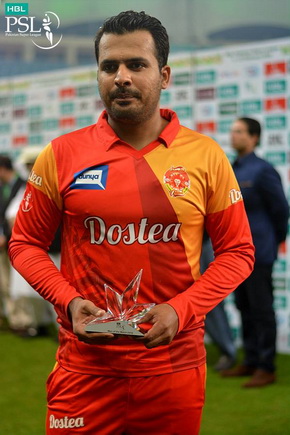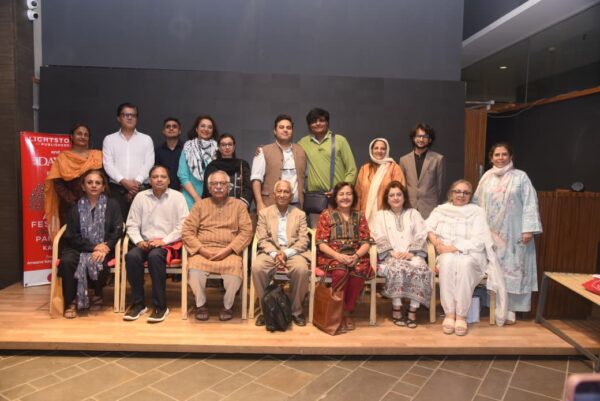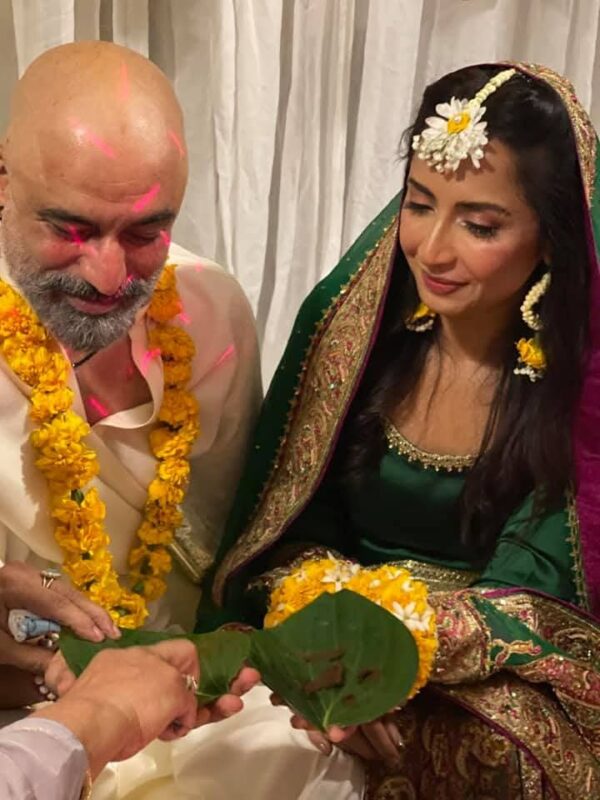
Though unfortunate, Nasir Jamshed’s fall from grace isn’t actually a big surprise. We have seen it in the past with the likes of Salman Butt, Mohammad Amir and Mohammad Asif squandering illustrious international careers in their pursuit of dirty money. Nasir was hailed as the next big star back in 2012-13 when he hit back-to-back tons in the One-day International series against India in India. Then, he came back after spending almost two-and-a-half years in international wilderness and instantly made his presence felt with big knocks in Chennai (101 not out) and Kolkata (106) within a span of three days during Pakistan’s tour of 2012-13. He was on the right side of the twenties and was hitting the ball hard, almost at will. Nasir Jamshed was at the top of his game.
But three years later, we saw a different Nasir Jamshed during the 2015 World Cup in Australia and New Zealand. He flopped miserably when it mattered most and was dropped, this time for good, after three consecutive failures (scores of 0, 1 and 4 against West Indies, Zimbabwe and the UAE). His last nine ODI outings could only fetch him 61 runs. By the time he was shown the door, Nasir had become a butt of jokes on social media and elsewhere. He was reviled and ridiculed for being lousy with the bat and sloppy with his fielding. The fact that he was quite overweight for an international cricketer didn’t help either. Nasir Jamshed was down and out.
I met him in Adelaide a day before Pakistan’s quarter-final against Australia. It was around lunch time at an Afghani joint in the city centre. That place was frequented by Pakistani cricketers and not without reason. The food there was exceptionally good. But even as his team-mates enjoyed their huge portions of meat and rice, Nasir kept to himself. He sat with his head clasped in his hands not taking a single bite. I inquired from one of the players what was wrong with Nasir and he just shrugged his shoulders saying, “Let him be.” I asked Nasir and he responded with a sad, half smile: “I’m not feeling well.”
Pakistan went on to lose the quarterfinal against the hosts despite that memorable spell from Wahab Riaz. There was a lot of hue and cry but soon it all fizzled out, as usual. Things do settle after every cricketing debacle. But not for Nasir Jamshed. He slipped out of the radar even before the World Cup was over for Pakistan.
Post World Cup was a time when everybody associated with the Pakistan team was trying to save their skin. Nobody cared about Nasir Jamshed, one of the chief villains of Pakistan’s below-par showing in the antipodes. He was out of sight and out of mind, just like that. Nasir, once described as an opening batsman of immense potential, must have felt abandoned. Not that he didn’t deserve the axe. He was a huge disappointment during the World Cup. But the thing is that you just don’t desert a young cricketer at least not in Pakistan. Our players mostly come from humble backgrounds. They taste the good life for the first time when they actually make national colours. You can’t just go back to whatever you were doing once you have become a part of the jet-set crowd with all the money and fame. So what do you do if you are still in your twenties but see no future with the national team? If you are Nasir Jamshed, a young man susceptible to using foul means (remember he was caught cheating in a school exam), there is a big chance that you will fall in the wrong hands.
As the story goes, he developed ties with some bookies in the UK and later became the key figure behind the corruption scandal that has rocked the second edition of the Pakistan Super League.
You cannot defend what Nasir did. It’s downright criminal to get associated with any form of fixing. But he is not the only one responsible. Pakistan’s cricket authorities will have to share the blame, whether they like it or not. It’s easy for them to say that it’s not their fault if a player decides to sell his soul to the devil. But it is.
After the spot-fixing scandal of 2010 which rattled the very foundations of Pakistan cricket, our cricket chiefs should have been more vigilant. For fixing mafias, Nasir Jamshed was like a low-hanging fruit. Once he was roped in, they knew that it was a matter of time before others joined in. And they did. Two of them – Sharjeel Khan and Khalid Latif – we know for sure. But there could be many more. Maybe we will know their names, too, or maybe we won’t.
What the PSL corruption case has highlighted is the fact that our cricket authorities are still incapable of stopping corruption in the game. Despite all their tall claims, the Pakistan Cricket Board (PCB) officials have failed to take the sort of measures required to curb corruption. They want the world to appreciate their handling of the current controversy but the thing is that they have to answer as to why it was allowed to happen in the first place.
And it’s not just the cricket board. Weeks before the launch of the inaugural edition of the PSL, I met a top executive of a large corporation, which had just signed a sponsorship deal with the league. Half joking, half serious, he asked me whether his company had made a good investment. Frankly, I never supported the idea of having the PSL overseas but instead of discussing that, I told him that my one big concern was whether the Board was equipped to shield its fledgling league from the international fixing syndicates. “So your only fear is that the PSL could experience a fixing scandal or two? “Yes, more or less,” I responded. To my surprise, he laughed it off saying, “That’s no big deal, after all aren’t all the other leagues also rigged. That’s just part of the game.”
That’s the sort of attitude that we will have to do away with. Yes, fixing of any type even the seemingly harmless spot-fixing is like cancer to cricket. If our cricket matches are rigged then we will have to do something about it. We will have to find ways and means to nip the evil in the bud. Otherwise, many more Nasir Jamsheds will sell their souls to the devil.
KHALID HUSSAIN











